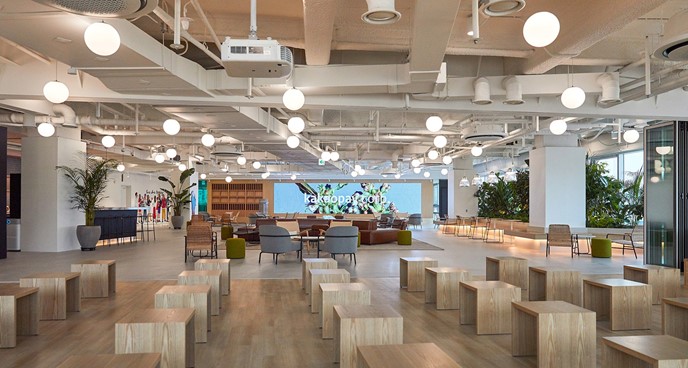In 1992, the United Nations held a conference on the environment and development. It’s widely known as the Rio de Janeiro Earth Summit. Its purpose was for Member States to cooperate together internationally on development issues like sustainability after the Cold War. These issues are too large for one nation to undertake alone. The thought? “We must join together.”
Yet, in 2012, 20 years later, the United Nations held another sustainable development conference. Again, it was held in Rio and became known as the Rio Earth Summit 2012. In those 20 years, the world had done little to change the detrimental impacts we had been having on the Earth. We had not become drastically more sustainable despite the burning need.
How we have failed in the past 20 years
For the future to be sustainable, the world will need to address the failures we’re experiencing. Those failures are found in three distinct categories: economic, political, and communication.
Economic
It’s no secret that environmentally damaging activities are financially rewarding, which is one great resistance to change. For example, gas and oil extraction have known detrimental impacts on the environment. They contribute to air pollution and contaminate drinking water sources. This can lead to cancer, birth defects, and liver damage. Yet, because they make billions of dollars each year, sustainability is forgone.
Political
There is a significant failure on the government’s part to implement effective policies. This is often tied to the economic impacts of restricting activities that will make the country money – particularly if it is a country with a developing economy.
Communication
There is still a lack of communication between parties on just how severe the damage is to the environment. Sustainability – while the correct route – is still the largely inconvenient one. Poor communication makes coordination difficult, and it stalls our progress toward creating a sustainable future.
How we can improve
As designers, product people and business owners, we must take ownership of how we can help. We have the power to influence sustainability in the products we design moving forward. Instead of waiting for the government to lead us forward, leaders from all sectors need to act. The declining state of the environment is ours to own as well.
Next time you design a product or service, think about the implications it may have on the environment. Consider how you can make it actively environmentally friendly and sustainable rather than environmentally negative or neutral.
Final thoughts
There’s an intense need for sustainability, and the policy battles are being raged worldwide. In the past few years, we’ve seen presidents and prime ministers of global powers roll back climate policies and attack renewable energy. As designers and business owners, it’s time for us to take charge and allow sustainability to directly influence future design.







